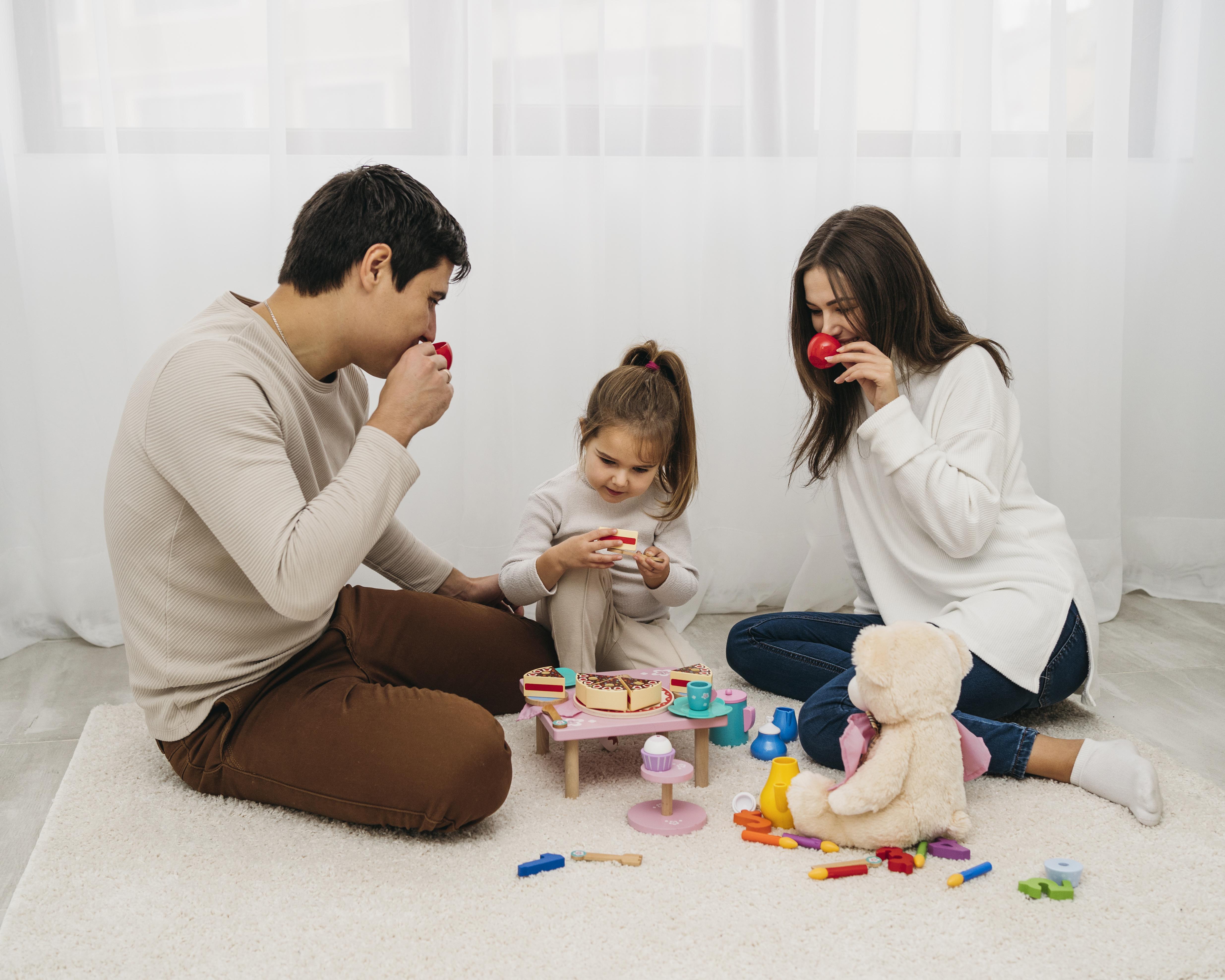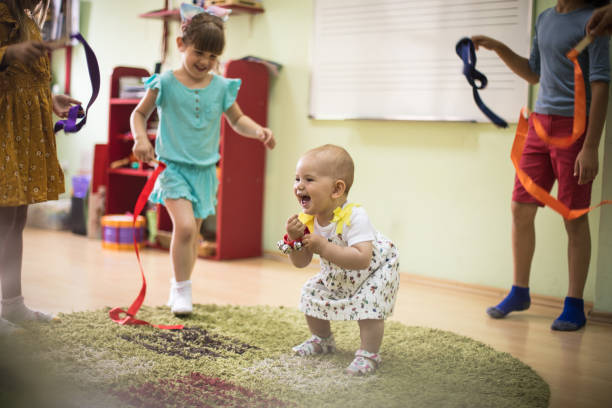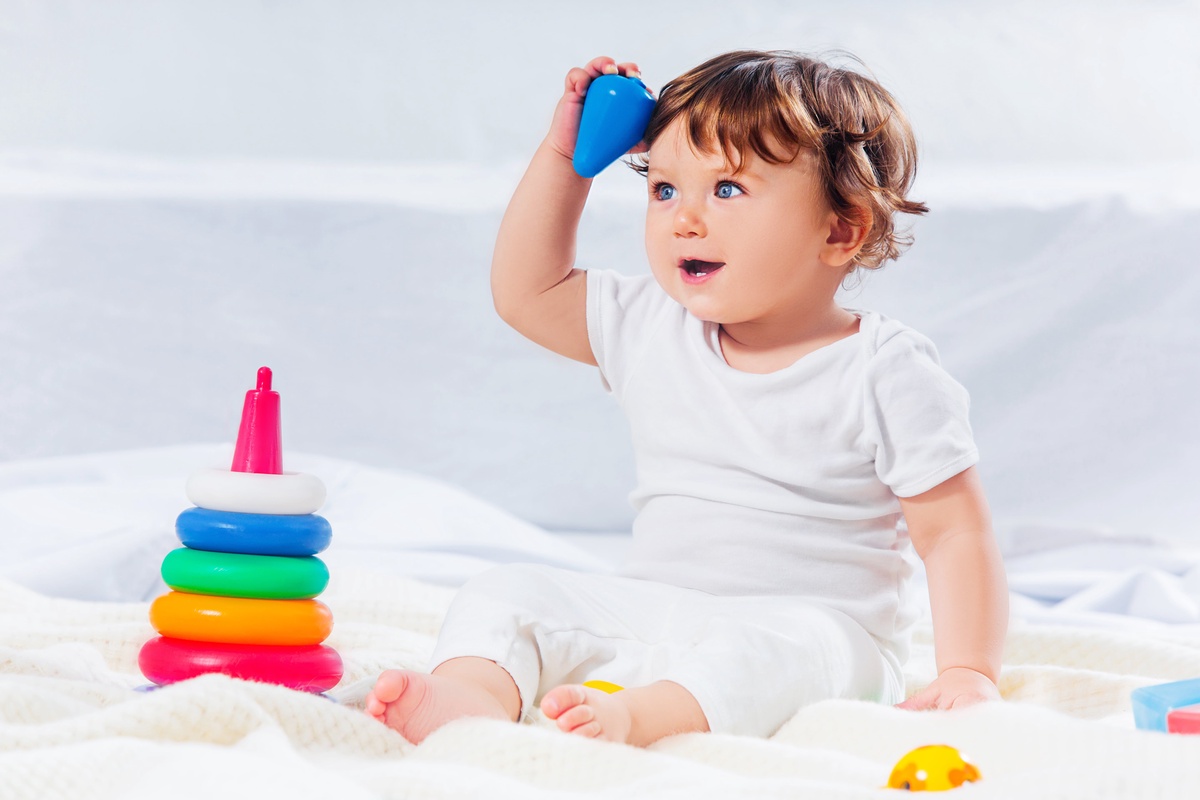Education is a cornerstone of personal development and empowerment, paving the way for all children, regardless of their abilities or limits, to a brighter future. For children with disabilities, interactive learning is a light of hope, delivering tailored educational activities that adapt to their specific needs and spark their curiosity, inventiveness, and passion to learn.
In this digital age of endless possibilities, harnessing the power of interactive learning may pave the way for a more inclusive and rewarding educational journey, ensuring that every child can embark on a voyage of discovery and progression. In this blog, you can check out how interacting activities for children with disabilities can benefit them.
Recognizing the Value of Interactive Learning
Active participation, engagement, and hands-on experiences are all interactive learning elements. It is especially important for children with disabilities since it supports different learning styles, making education more accessible and entertaining. Interactive activities for children with disabilities engage numerous senses, allowing youngsters to acquire knowledge through several channels, improving comprehension and retention.

Adapting Activities for Individuals with Disabilities
Visual Impairments
Tactile learning is extremely beneficial for children with visual impairments. Activities such as making tactile maps, using braille materials, and employing aural cues assist them in understanding subjects such as geography, mathematics, and language.
Hearing Impairments
Activities that stress visual communication can aid deaf or hard-of-hearing youngsters. Sign language classes, interactive captioned videos, and lip-reading exercises can help them learn and communicate with classmates.
Physical Impairments
Children with physical limitations can participate in activities for children with disabilities that enhance motor skills and coordination. They can explore the environment and express themselves creatively thanks to adaptive art projects, virtual reality simulations, and assistive technology tools.
Cognitive Impairments
It is critical to tailor activities to the cognitive ability of children with impairments. Puzzles, memory games, and interactive storytelling can all aid in developing cognitive, critical thinking, and communication abilities.
Utilizing Technology to Improve Learning
In today's digital environment, technology gives incredible opportunities for interactive learning. Assistive technologies can help children with disabilities level the playing field by allowing them to access information and interact with educational content more freely.
Tablet Apps
There are several apps available for children with disabilities that cater to a variety of needs. These apps provide interactive games, puzzles, baby music programs and simulations tailored to the child's age and ability.
Augmented Reality (AR) and Virtual Reality (VR)
Immersive learning experiences are provided by AR and VR technology. They may transport youngsters to historical events, remote locations, or even within the human body, making learning more fascinating and memorable.
Communication Devices
Communication devices with visual symbols or speech-generating capabilities allow nonverbal youngsters to express themselves and engage in discussions, promoting social connection.
Interactive Learning Platforms
Many online platforms provide interactive baby music programs, courses, quizzes, and exercises that can be tailored to different disabilities. These systems promote self-paced learning and can be tailored to individual requirements.
Inclusion and Collaboration Promotion
Inclusive education extends beyond the classroom. Many programs establish a supportive network for a child's holistic development by incorporating parents, caregivers, and peers.
Peer Collaborations
When children with disabilities are paired with their usually developing peers, both sides benefit. The former are helped and encouraged, while the latter are taught empathy, patience, and the importance of diversity.
Family Engagement
Educators can work with parents and caregivers to learn about their children's strengths, weaknesses, and preferences. This collaboration ensures that learning practices are consistent at school and home.

Community Involvement
Involving the local community allows children with disabilities to interact with various people and experiences. Community outings, workshops, and events can supplement classroom instruction in real-world settings.
Play's Transformative Power
Play is a universal language that is independent of ability. Online platforms can provide a dynamic and entertaining educational experience for children with disabilities by using play-based learning.
Role Playing
Role-playing activities foster creativity, communication, and social skills. Children can take on diverse roles, giving them a better knowledge of different points of view.
Sensory Play
Sensory activities stimulate different senses and can help youngsters with sensory sensitivity relax. Playdough, sand tables, and sensory bins encourage exploration and relaxation.
Outdoor Exploration
Nature offers a plethora of educational opportunities. Gardening, birding, and nature walks encourage physical activity, curiosity, and an understanding of the environment.
Celebrating Individuality and Progress
Every child's journey is unique, and it's vital to recognize and appreciate their accomplishments regardless of how quickly they progress. Recognizing even minor accomplishments can increase a child's self-esteem and enthusiasm to keep studying.
Personalized Learning Plans
By tailoring learning plans to individual strengths and requirements, children are better equipped to achieve. Recognizing their accomplishments and providing positive reinforcement boosts their self-esteem.
Showcasing Achievements
Allowing children to display their work and talents, whether through exhibitions, concerts, or presentations, fosters a sense of accomplishment and pride.
Conclusion
For children with impairments, interactive activities for children with disabilities provides a route to an inclusive and empowered education. Platforms like mainly music can support their growth and help them realize their full potential by embracing their particular requirements, harnessing technology, and encouraging collaboration. These platforms can revolutionize education for every child, regardless of skills or disabilities, via adapted activities, customized attention, and a commitment to recognizing their individuality.


No comments yet